Descrizione
La via della seta è stato il canale attraverso il quale il popolo cinese è venuto a contatto con il mondo occidentale e attraverso il quale i popoli dell’ovest sono venuti a conoscenza della Cina. La suo primo periodo di intenso traffico si fa risalire all’epoca Han, quando, in un periodo di pace e prosperità economica, grazie anche ai viaggi dell’esploratore Zhang Qian, gli imperatori Han si dedicarono alla stabilizzazione di questo percorso rendendolo sicuro e praticabile grazie ad una politica di rapporti amichevoli con i popoli che si trovavano su questa via oltre la catena del Pamir.
Da questo periodo la via della seta ha conosciuto momenti di gloria e splendore e momenti di abbandono, ma la portata della sua influenza sullo sviluppo della civiltà dei popoli euro-asiatici non è stata mai messa in discussione. Il libro analizza i contributi primari dello scambio culturale tra popoli diversi e la Cina e le conseguenze dei contatti tra queste civiltà in momenti storici diversi. E lo fa guardando i fatti dalla duplice prospettiva orientale e occidentale. Il filo conduttore di questa storia affascinante è la seta, un tessuto di lusso, avvolto nel mistero nell’antichità, realizzato con un filo sottilissimo che è riuscito a mobilitare per secoli uomini, merci e idee.
Elenco dei contenuti:
- The Home of Silk
- Zhang Qian’s Journey to the West
- China and Rome: the Mysterious Strangers
- The legends of Sères
- Rome in the eyes of the Han
- Tribes on China’s Western Frontier During Han Dynasty
- An ancient desert coutry – Lolan
- A country of “heavenly horses”
- Mysterious oasis – Niya
- The country of “dance accompanied by music” – Kizil
- The Early Merchants on the Silk Road
- Prosperous Trade in Han Dynasty
- Transnational Businessmen – Greeks and Jews
- The Introduction of Buddhism into China via the Silk Road
- Buddhism entering China
- Chinese monks going westward along the Silk Raod
- The Dispute on the West End of the Silk Raod
- The Great Tang Dynasty and the Golden Age of the Silk Raod
- Chang’an: an International Metropolis
- Dunhuang: A Metropolis of Sino-foreign Integration
- International Trade during Tang Dynasty
- Tang Monk’s Searching for True Buddhist Scriptures in Indian
- Friendship between China and India
- Xuanzang: the pious seracher for Buddhist Scripture
- Sogdians, the Rich Merchant and Artist on the Silk Road
- The Rising of Arabs
- The Influence of Roman Art on the Oriental Cultures
- The Culture Diversity of the Silk Raod
- Turpan
- Yutian: the West Buddhism Center in Tang Dynasty
- Cave Arts with Good Combination of Chinese and Foreign Influence
- The Foreign Religions Practiced in China
- Jingjiao (Christian Historian section)
- Xianjiao
- Manicheism
- Islamism
- From the Crusades to Marco Polo
- The Crusade and the Conquer of Asia-Europe by the Mongols
- Marco Polo and his Adventure to the East
- Lyons: the Silk Capital of the Europe
- The Interaction of Civilizations between the East and the West
- China’s Four Inventions and the Influence of the East
- The Inlfuence of the Wester Cultures on Chinese Society
- Renaissance of the Silk Road and Dunhuang Buddhist Manuscripts
- Sven Hedin
- Marc Aurel Stein
- Paul Pelliot
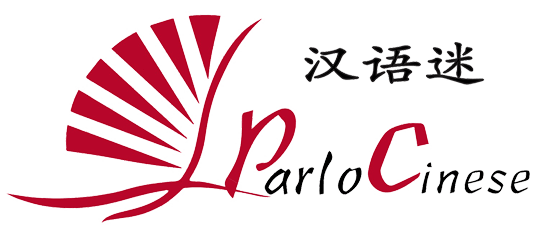
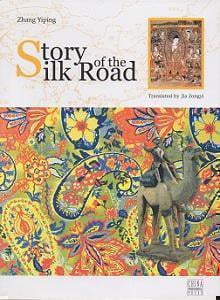
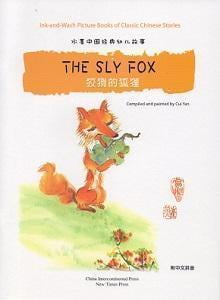
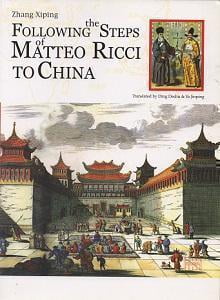
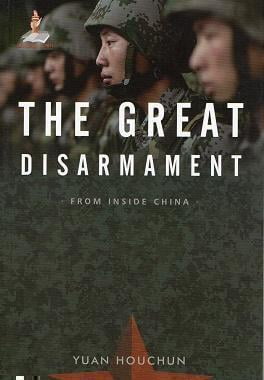
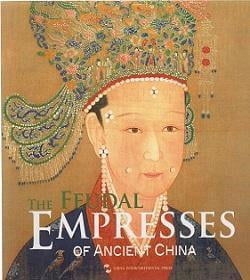
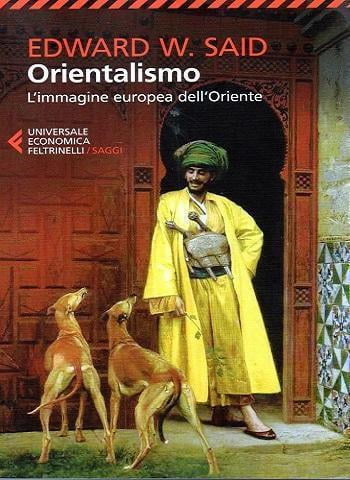
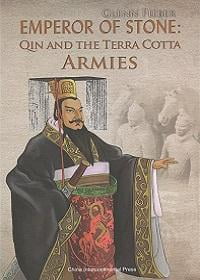
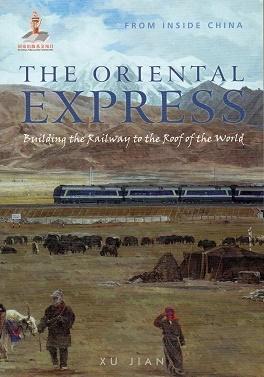
Recensioni
Non ci sono ancora recensioni.